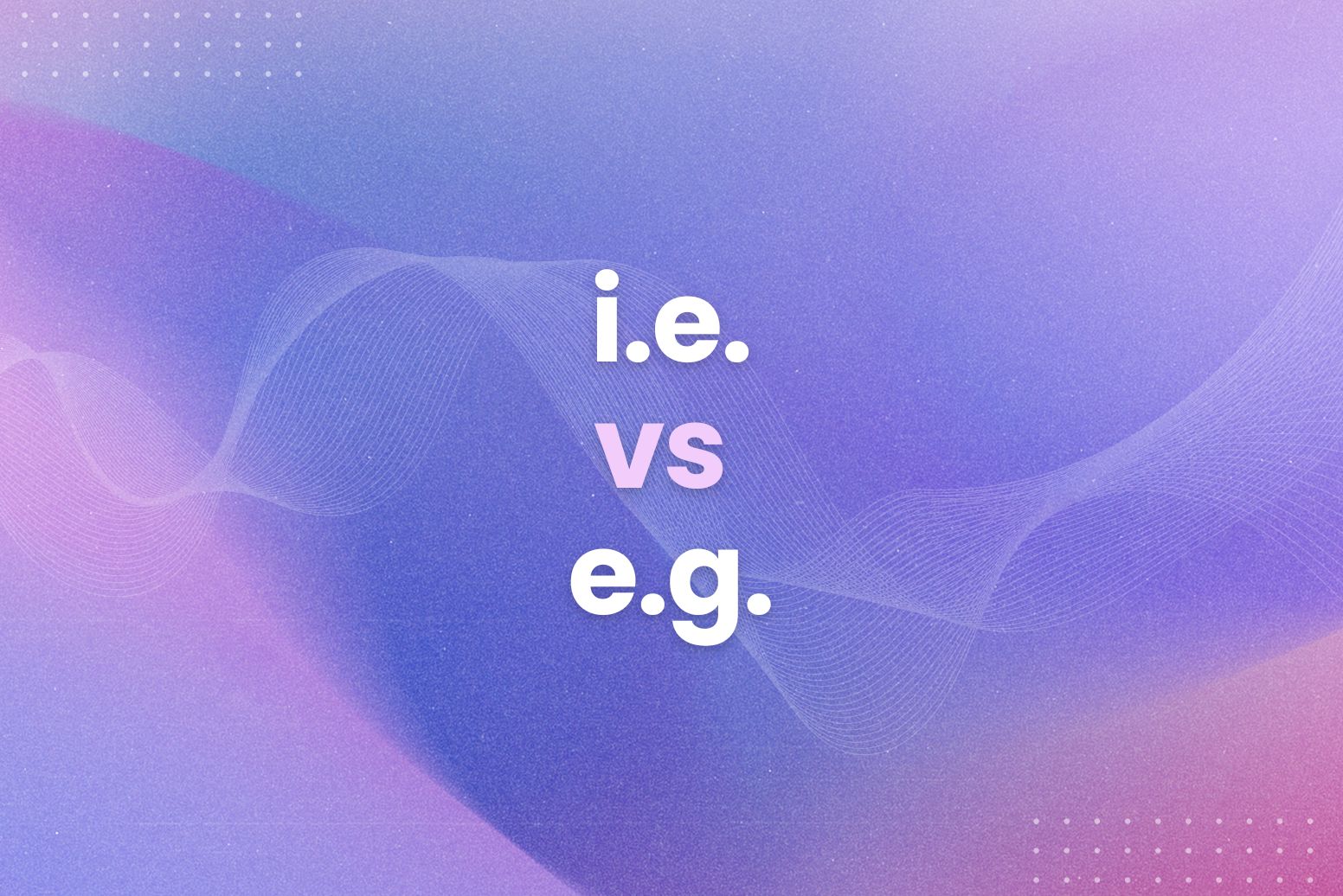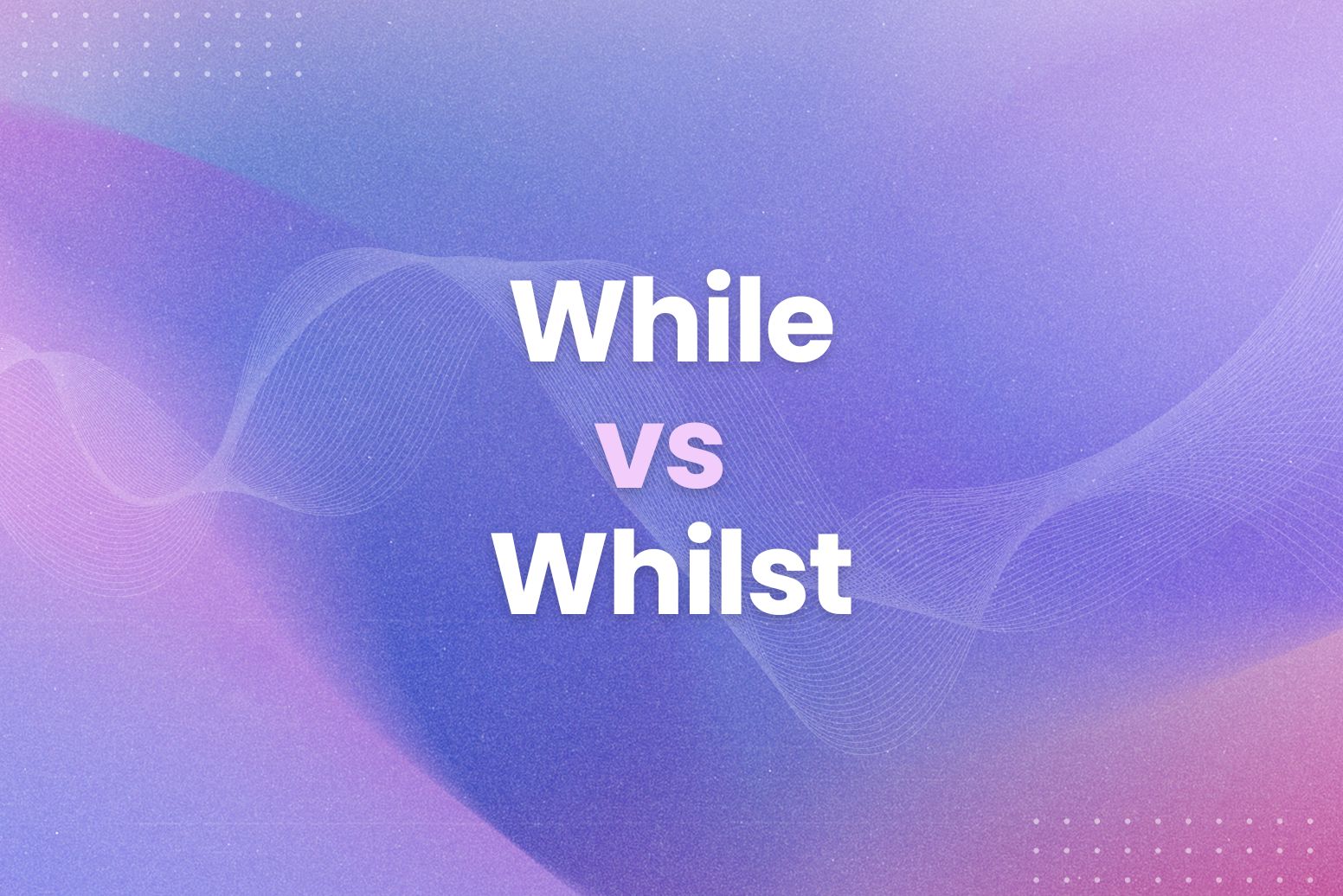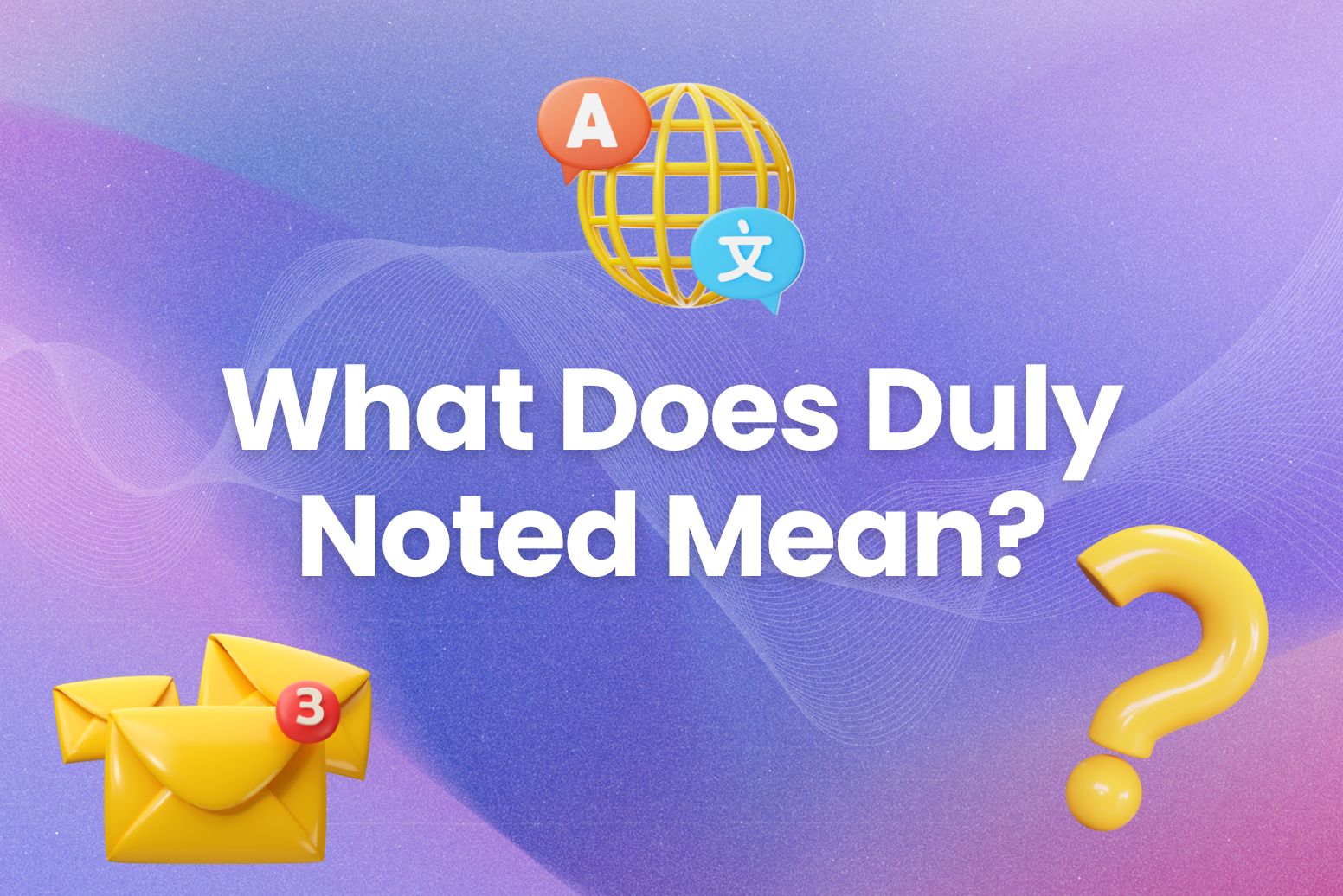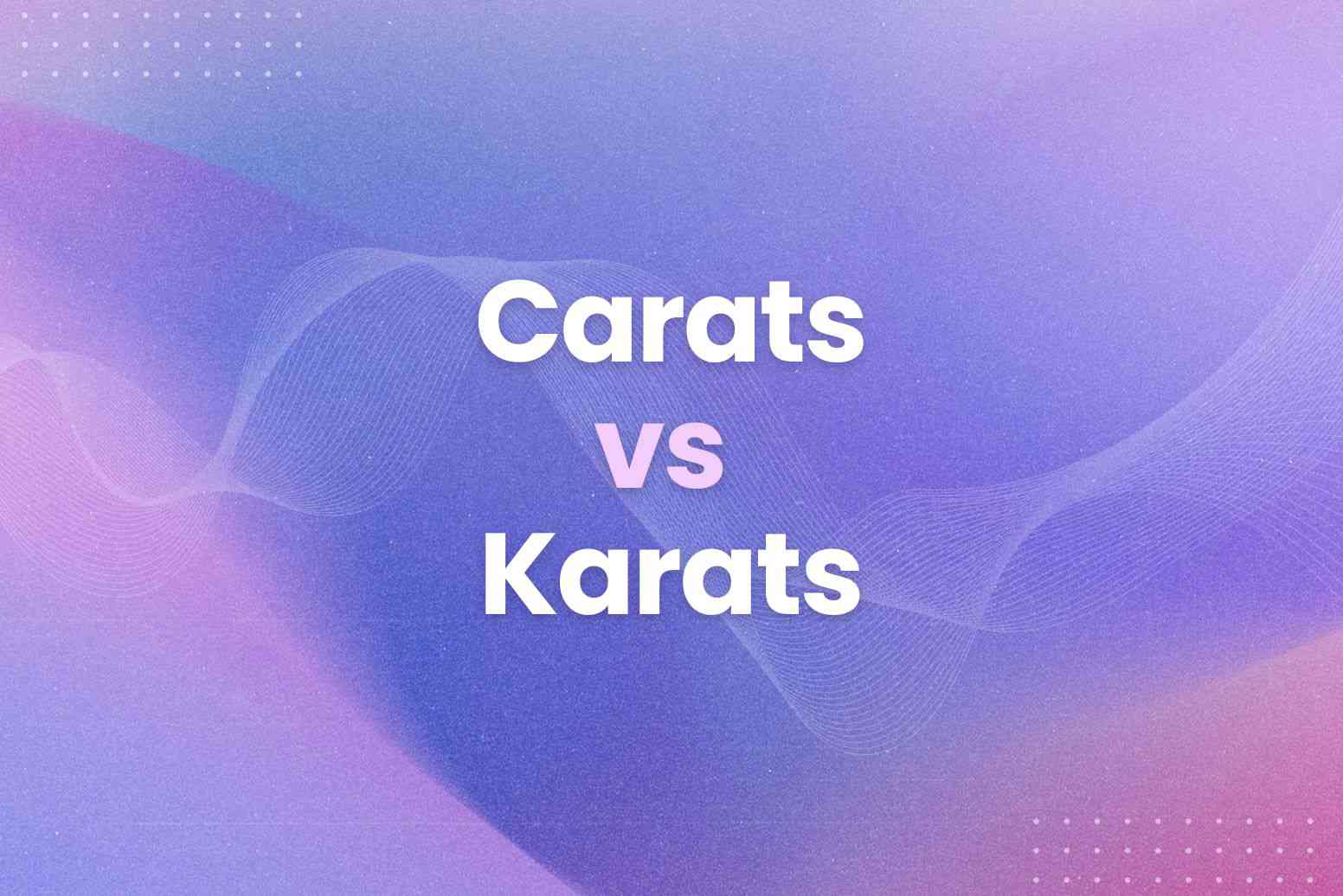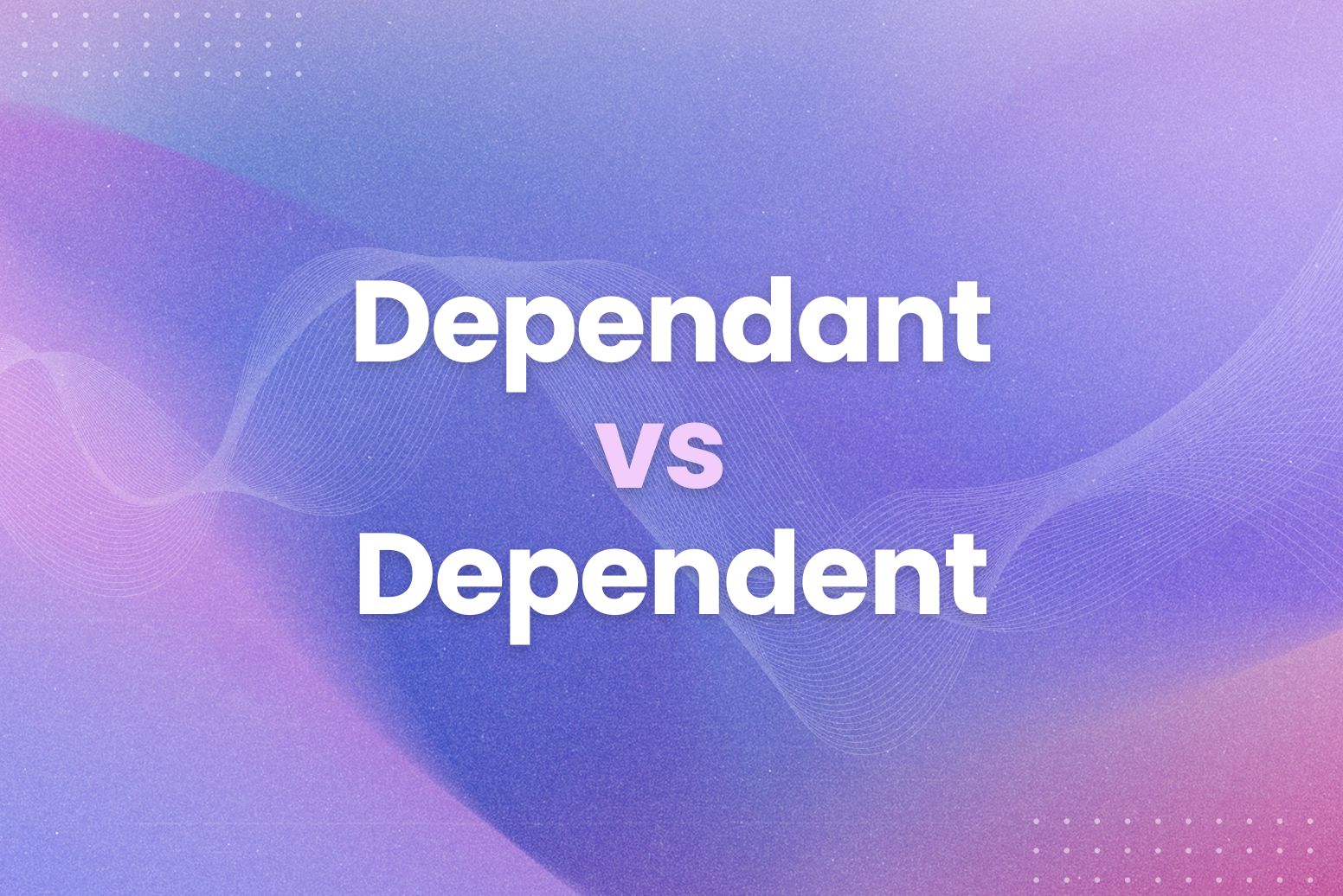Ever feel a tiny twinge of doubt when using i.e. vs. e.g.? You’re not alone. These two abbreviations often cause confusion. Even seasoned writers sometimes pause. But getting them right boosts your writing’s clarity and professionalism.
This guide will clear up the confusion on i.e. vs. e.g. We’ll show you exactly how to use each one. We’ll cover:
- What “i.e.” means and how to use it.
- What “e.g.” means and how to use it.
- Examples of correct usage of i.e. vs. e.g. in sentences.
What “i.e.” Means and How to Use It
“i.e.” stands for the Latin phrase “id est.” In other words, it means “that is.” We use “i.e.” to provide clarification. It pinpoints a specific meaning. For instance, if you say, “I enjoy outdoor activities, i.e., hiking and camping,” you’re stating exactly which activities you enjoy.
Think of “i.e.” as an equal sign. It rephrases or defines the preceding information. It makes your writing precise. For example, “The main course, i.e., roasted chicken, was delicious.” Here, “roasted chicken” is the main course. It’s not just an example of one.
Here’s how to use “i.e.” correctly:
- Place “i.e.” within parentheses or set it off with commas. For instance, “My favorite color (i.e., blue) is vibrant.”
- Use a comma after “i.e.” For example, “There’s only one thing I want, i.e., a good night’s sleep.”
- Use “i.e.” when you want to be precise. That is to say, when you’re giving a specific definition.
If you’re unsure if you should use “i.e.,” ask yourself: Am I restating the previous information in a more specific way? If the answer is yes, then “i.e.” is the right choice.
What “e.g.” Means and How to Use It
“e.g.” comes from the Latin phrase “exempli gratia.” In simple terms, it means “for example.” We use “e.g.” to offer examples of something. It doesn’t provide a complete list. Instead, it gives the reader a few illustrative cases. For example, “Many fruits are rich in vitamins, e.g., oranges, apples, and bananas.” This shows some vitamin-rich fruits. It doesn’t mean these are the only ones.
Think of “e.g.” as introducing a sample. It adds variety to your writing. However, it doesn’t define the previous statement. For instance, “Several countries in Europe are popular tourist destinations, e.g., France, Italy, and Spain.” These are examples, not an exhaustive list of all European tourist spots.
Here’s how to use “e.g.” correctly:
- Put “e.g.” within parentheses or use commas to set it off. For example, “I enjoy watching sports (e.g., basketball, soccer, and tennis).”
- Place a comma after “e.g.” For instance, “You can find many books at the library, e.g., novels, biographies, and textbooks.”
- Use “e.g.” when you want to give a few examples. That is to say, when you’re not trying to be exhaustive.
If you’re wondering if “e.g.” is right, ask yourself: Am I providing a few examples to illustrate a broader point? If so, “e.g.” is your go-to.
Moreover, if you need help with your writing, Arvin, the AI browser extension, is there for you. You can use Arvin on any webpage you visit. Arvin’s grammar check and writing assistance can ensure correct e.g. usage and overall clarity. This helps you produce polished and professional content.
Examples of Correct Usage in Sentences
Seeing “i.e.” and “e.g.” in action makes their use much clearer. Let’s look at some examples of how to use them correctly in sentences.
Examples with “i.e.” (that is):
- “The meeting will be held next week, i.e., on Tuesday.”
- “I need specific tools for this project, i.e., a hammer and nails.
- “My favorite season, i.e., autumn, is just around the corner.”
In each of these sentences, “i.e.” narrows down the previous statement. It gives a precise definition. Consequently, there’s no room for misinterpretation.
Examples with “e.g.” (for example):
- “You can improve your fitness through various exercises, e.g., running, swimming, or cycling.”
- “Many animals hibernate during the winter, e.g., bears, squirrels, and bats.”
- “Several countries are known for their coffee production, e.g., Brazil, Colombia, and Vietnam.”
These sentences use “e.g.” to provide illustrative examples. They don’t limit the possibilities. Instead, they offer a few instances to help the reader understand.
Writing Like a Pro: Arvin’s Got Your Back
So, now you know the difference of i.e. or e.g. Use “i.e.” for precise definitions. Use “e.g.” for examples. With this knowledge, you can write with greater clarity and confidence. This will make your writing stronger and more professional.
Here are the key takeaways on i.e. vs. e.g.:
- “i.e.” means “that is.” It clarifies or rephrases.
- “e.g.” means “for example.” It gives illustrative instances.
- Use commas or parentheses to set them off.
- Think “equal” for “i.e.” and “examples” for “e.g.”
Want to make sure your writing is always spot-on? Arvin, the AI browser extension, can be your personal grammar guru. Chat with Arvin on any webpage. Arvin can instantly proofread your work, catching any i.e./e.g. errors (and much more). This lets you focus on your ideas, knowing Arvin has your grammar covered.
FAQs
How do you use i.e. vs. e.g.?
“i.e.” (that is) clarifies or rephrases something you’ve just said. Use it to provide a specific definition. “e.g.” (for example) introduces examples. It shows a few instances of something broader. Remember, “i.e.” narrows down, while “e.g.” offers variety.
How to use i.e. in a sentence?
Use “i.e.” when you want to be precise. That is to say, when you want to give a specific definition. Set it off with commas or parentheses. For instance, “I enjoy watching comedies, i.e., sitcoms and stand-up shows.” This clarifies what kind of comedies you enjoy.
Is it eg or e.g. in the UK?
The correct form is “e.g.” in both the UK and the US. The “e” and “g” are abbreviations of Latin words. Therefore, they should always have periods.
Is i.e. formal or not?
“i.e.” is generally considered formal. It’s more common in written English than in casual speech. However, it’s widely understood and accepted in most writing contexts. So, it’s fine to use it in formal or semi-formal writing.

